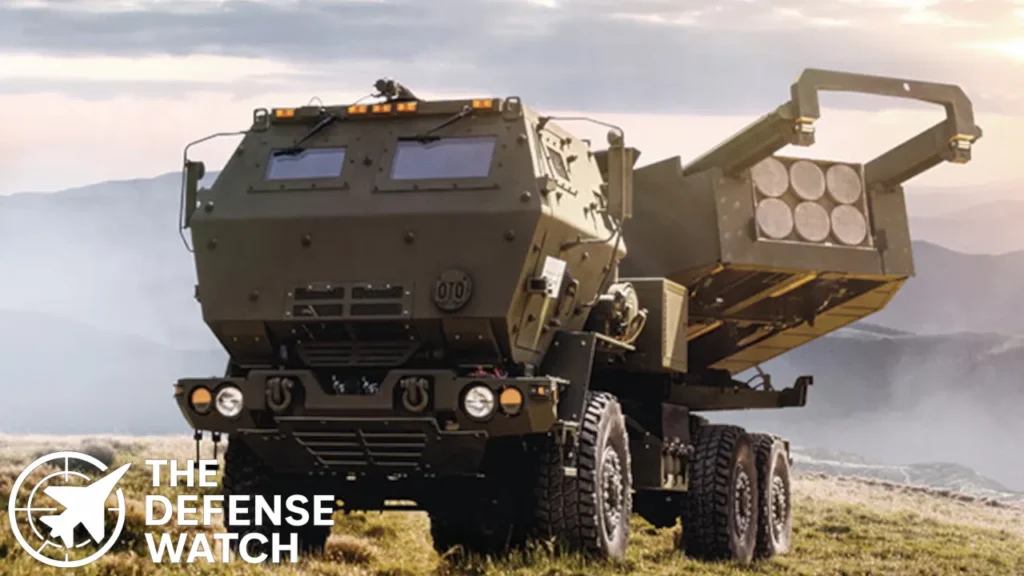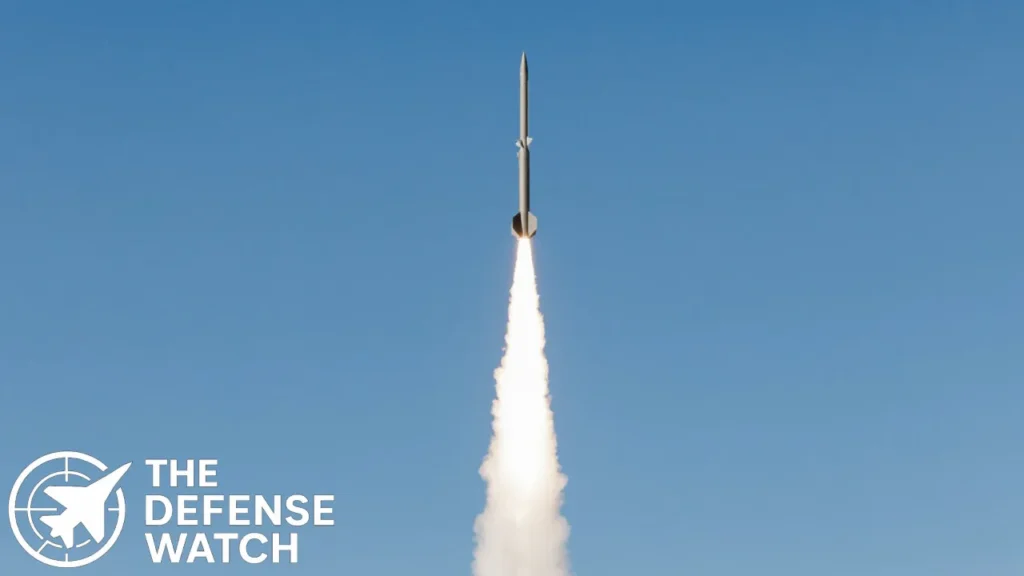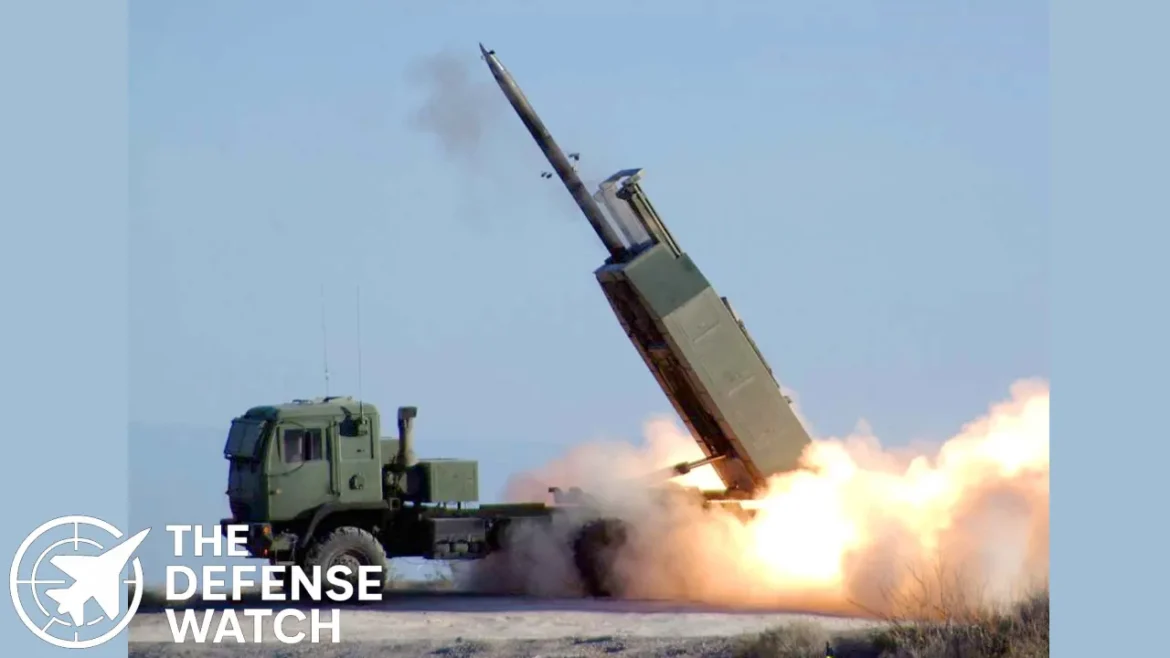Mobile Launcher Adaptation Signals New Phase in Hypersonic Warfare
The U.S. military is taking a significant step in the evolution of its strike capabilities by adapting a new hypersonic weapon system for deployment on mobile launchers. According to a report by Reuters on 24 October 2025, defense startup Castelion has secured contracts to integrate its “Blackbeard” hypersonic strike weapon with the HIMARS (High Mobility Artillery Rocket System) platforms used by the U.S. Army.
This initiative marks the first step toward widespread fielding of high-speed, difficult-to-intercept weapons on mobile, conventional launch systems, broadening the operational flexibility of U.S. strike forces.

Integration with Current Platforms
Under the announced contracts, Castelion will work with the U.S. Army—and potentially the U.S. Navy—to mount the Blackbeard system onto mobile rocket launchers such as those used by HIMARS. The unit cost is reportedly targeted in the “hundreds of thousands of dollars” per missile, and the company aims for thousands of units annually in full-production.
The article does not disclose detailed contract terms, nor does it fully specify time-lines for deployment; however, the move signals intent to field hypersonic options more affordably and more flexibly.
Strategic Context: Hypersonics in the U.S. Defense Portfolio
Hypersonic weapons — defined as manoeuvring missiles or glide-vehicles travelling at Mach 5 or greater — have been a priority topic for the U.S. defense establishment for years. A majority of U.S. efforts focus on conventional (non-nuclear) strike rather than nuclear-armed systems.
In recent years the U.S. has pursued major programmes such as:
- Long‑Range Hypersonic Weapon (LRHW) for the Army.
- Hypersonic Attack Cruise Missile (HACM) for the Air Force.
Until now, many of the systems remained in development with limited mobility or large, specialised platforms. The recent announcements mark a pivot toward mobile, ground-launchable hypersonics, increasing warfighter flexibility.

What This Means—Analysis
Operational Impact
Integrating hypersonic weapons into mobile launcher fleets like HIMARS changes the tactical and operational calculus. Mobile platforms are harder for adversaries to target, can be repositioned, and introduce short-warning strike capability from dispersed launch nodes.
Because hypersonic weapons combine speed, manoeuvrability and altitude-profile complexity, they compress decision timelines for an adversary.
Strategic & Global Security Implications
The U.S. move comes amid intensified competition with nations such as China and Russia in hypersonics. Both have reported fielding or testing capabilities. Congress.gov Deploying more mobile hypersonic strike systems increases the perception of prompt-global-strike reach and may drive further arms behaviour among peer adversaries.
On the other hand, this increase in mobile-launcher hypersonics has potential arms-control implications. Because they can be dual-use, difficult to detect, and fast, they may raise escalation risks if adversaries misinterpret launches or cannot discriminate the target set.
Technology & Procurement Trend
The focus in the announcement on “mass production” and lower unit cost (hundreds of thousands of dollars) signals a shift away from ultra-expensive, niche hypersonic solutions toward scalable strike options. This is notable because one past constraint in hypersonic deployment has been cost and production tempo.
Also, the use of existing launch platforms (HIMARS) accelerates deployment timeline by leveraging logistic and operational infrastructures already in service, rather than requiring wholly new systems.
Conclusion & Looking Forward
The U.S. decision to adapt hypersonic weapons for mobile ground launchers marks a significant inflection point in how strike capabilities are being fielded. As the system moves from development into operational integration, we should watch for:
- The timeline for “initial operational capability” of the Blackbeard-HIMARS pairing.
- The quantity and dispersion of mobile hypersonic launchers assigned in the U.S. force posture.
- The adversary reaction: whether China, Russia, or other states adjust their own posture or accelerate counter-measures.
- The evolution of defense against hypersonics—many analysts note challenges in detection, interception and command-control when facing manoeuvring high-speed weapons. Congress.gov
In the coming years, if this mobile hypersonic strategy proves viable, we may see a broader proliferation of similar launch-capabilities across U.S. services and possibly allies — reshaping both how the U.S. projects power and how adversaries must defend against it.


9 comments
[…] From a technical standpoint, IVEWS is a fully internal, line-replaceable module for the F-16, unlike previous external EW pods such as the ALQ-131 or ALQ-184. This internal integration frees up external stations for additional fuel or weapons. […]
[…] The Rafale F4 variant is the likely candidate for India, offering advanced sensor-fusion, electronic warfare, and long-range missile integration. […]
[…] to replace its legacy U.S.-supplied MIM-23 Hawk batteries. Barak MX is a modular, software-defined launcher integrating multiple interceptors across threat […]
[…] by Venezuelan state media shows activation of Russian-supplied air-defense systems, notably an upgraded twin-barrel ZU-23-2 anti-aircraft gun and the mobile short-range air-defense (SHORAD) system TOR-M2E. These systems augment Venezuela’s layered […]
[…] Mobile rocket artillery launcher […]
[…] Launcher Architecture: Mounted on an 8×8 mobile chassis, each transporter-erector-launcher (TEL) carries eight sealed vertical canisters. […]
[…] was the first of what is expected to be a series of drills and training cycles designed to fully integrate AS9 Huntsman within Australian Army units. Over the next months and years, as additional vehicles roll out from the Geelong facility, […]
[…] aims to change that dynamic. By installing a modular launcher directly onto armored platforms, tanks and infantry vehicles can carry and launch loitering munitions […]
[…] California militarized zone empowers the Navy to oversee and secure designated lands, integrating military resources into immigration enforcement. Emergency declarations issued by the Trump administration […]